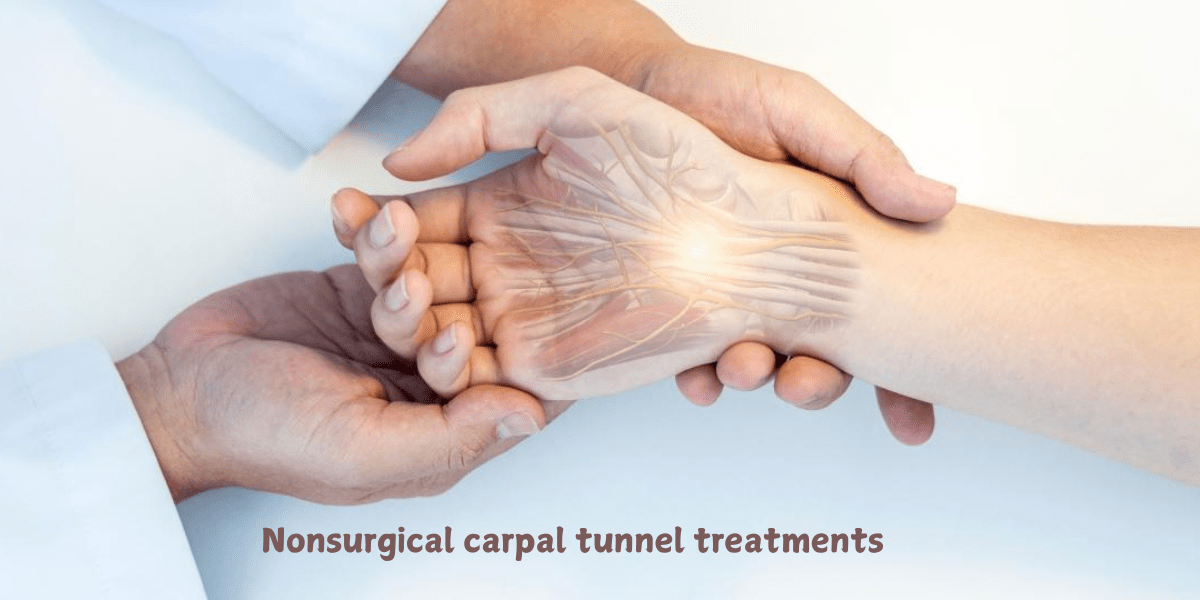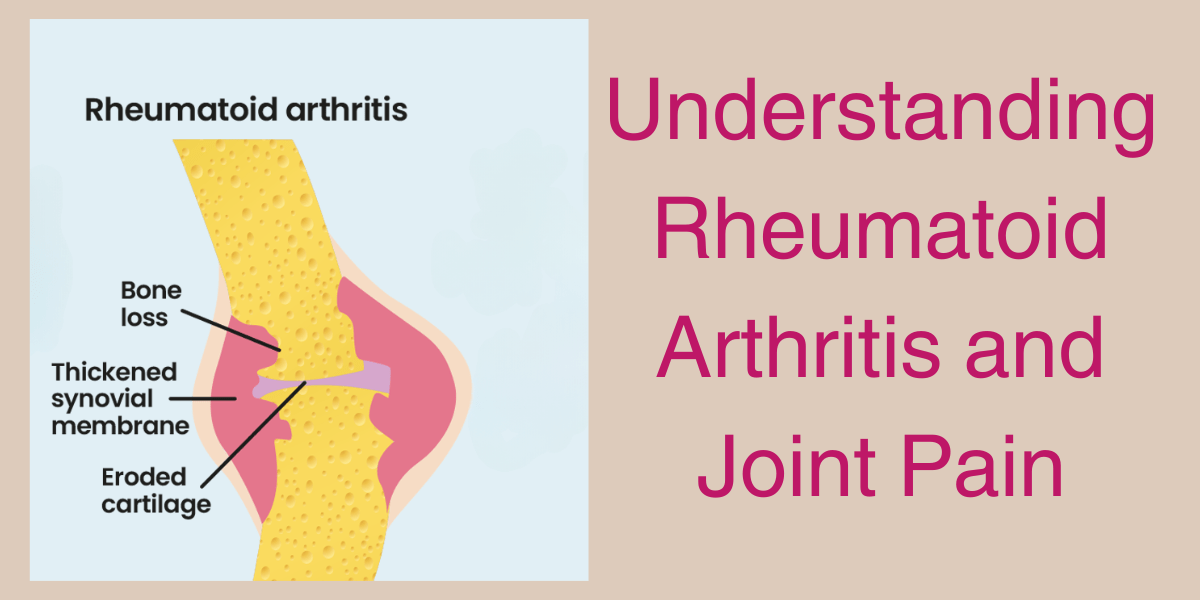
How to Treat Carpal Tunnel Syndrome Without the Need of Surgery
Carpal Tunnel Syndrome (CTS) is a condition caused by compression of the median nerve in the wrist, leading to symptoms like numbness, tingling, and weakness in the hand. While surgery is often recommended for severe cases, several non-surgical treatments can provide relief and help manage the condition effectively.
1. Wrist Splinting
Wrist splints are one of the most common treatments for mild to moderate CTS. Wearing a splint, especially at night, can keep your wrist in a neutral position, reducing pressure on the median nerve. This is particularly helpful for people whose symptoms worsen during sleep.
How It Helps:
- Keeps wrist straight
- Prevents unnecessary flexion
- Relieves pressure on the nerve
2. Activity Modification
Frequent repetitive wrist movements can aggravate carpal tunnel symptoms. Adjusting or modifying tasks to minimize wrist strain can significantly alleviate symptoms.
Key Tips:
- Take regular breaks
- Modify your hand posture while working.
- Use ergonomic tools
3. Stretching and Strengthening Exercises
Therapeutic exercises can improve mobility and strengthen muscles, which helps reduce pressure on the carpal tunnel. Hand, wrist, and forearm stretches can increase flexibility and blood flow.
Popular Exercises:
- Nerve gliding exercises: Promote median nerve movement
- Tendon gliding exercises: Improve tendon mobility
4. Cold and Heat Therapy
Alternating between cold and heat treatments can help reduce inflammation and relieve pain. Ice packs reduce swelling, while heat therapy can relax muscles and improve blood flow.
When to Use:
- Cold therapy: During flare-ups to minimize swelling
- Heat therapy: After activities to soothe muscles
5. Anti-Inflammatory Medications
Over-the-counter anti-inflammatory medications like ibuprofen can temporarily reduce swelling and relieve pain. However, they should not be used as a long-term solution without consulting a doctor.
Benefits:
- Reduces inflammation
- Relieves pain
6. Corticosteroid Injections
For more advanced cases, corticosteroid injections can provide relief by reducing inflammation around the median nerve. This treatment is more effective for short-term symptom relief.
Key Points:
- Offers temporary symptom relief
- Reduces inflammation
7. Chiropractic Care
A professional chiropractor can perform adjustments to reduce tension in the wrist, arm, and shoulder. This can improve overall function and reduce symptoms associated with CTS.
Benefits:
- Restores wrist alignment
- Enhances nerve function
8. Acupuncture
Acupuncture is increasingly being used as a complementary treatment for carpal tunnel syndrome. By stimulating specific points on the body, acupuncture can help reduce pain and promote nerve healing.
How It Works:
- Relieves pain
- Promotes natural healing
Non-surgical treatments for carpal tunnel syndrome can be effective in relieving symptoms and improving quality of life. While surgery might be necessary for severe cases, early intervention through splinting, exercises, and other methods can help many individuals manage CTS without going under the knife.
For expert carpal tunnel syndrome treatment in Pune, Meet Dr. Kauser Mujawar at Painmedic Pain Clinic. Where you’ll receive personalized, non-surgical treatment options to alleviate your discomfort.
Must Read – Carpal tunnel syndrome – Symptoms and causes





